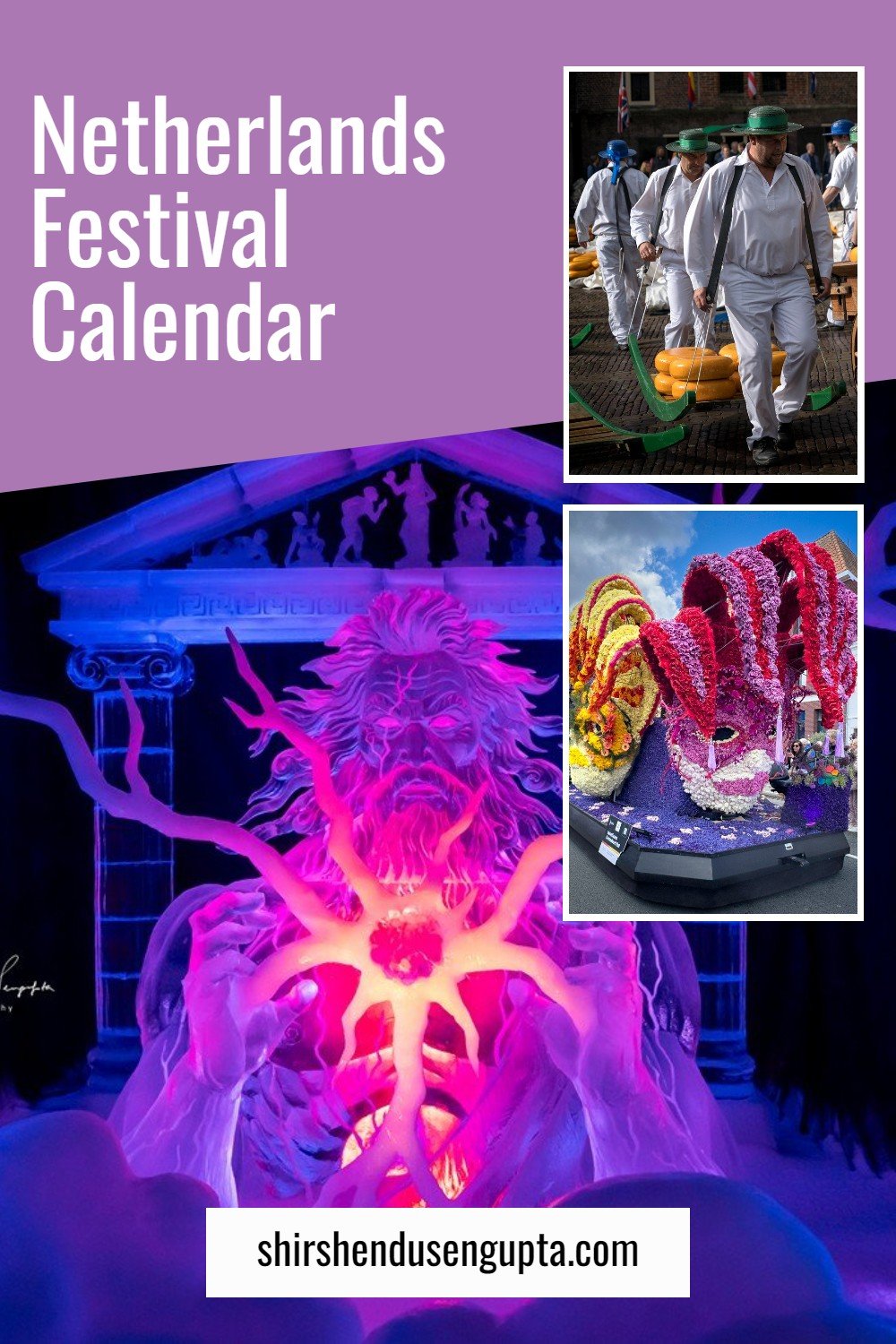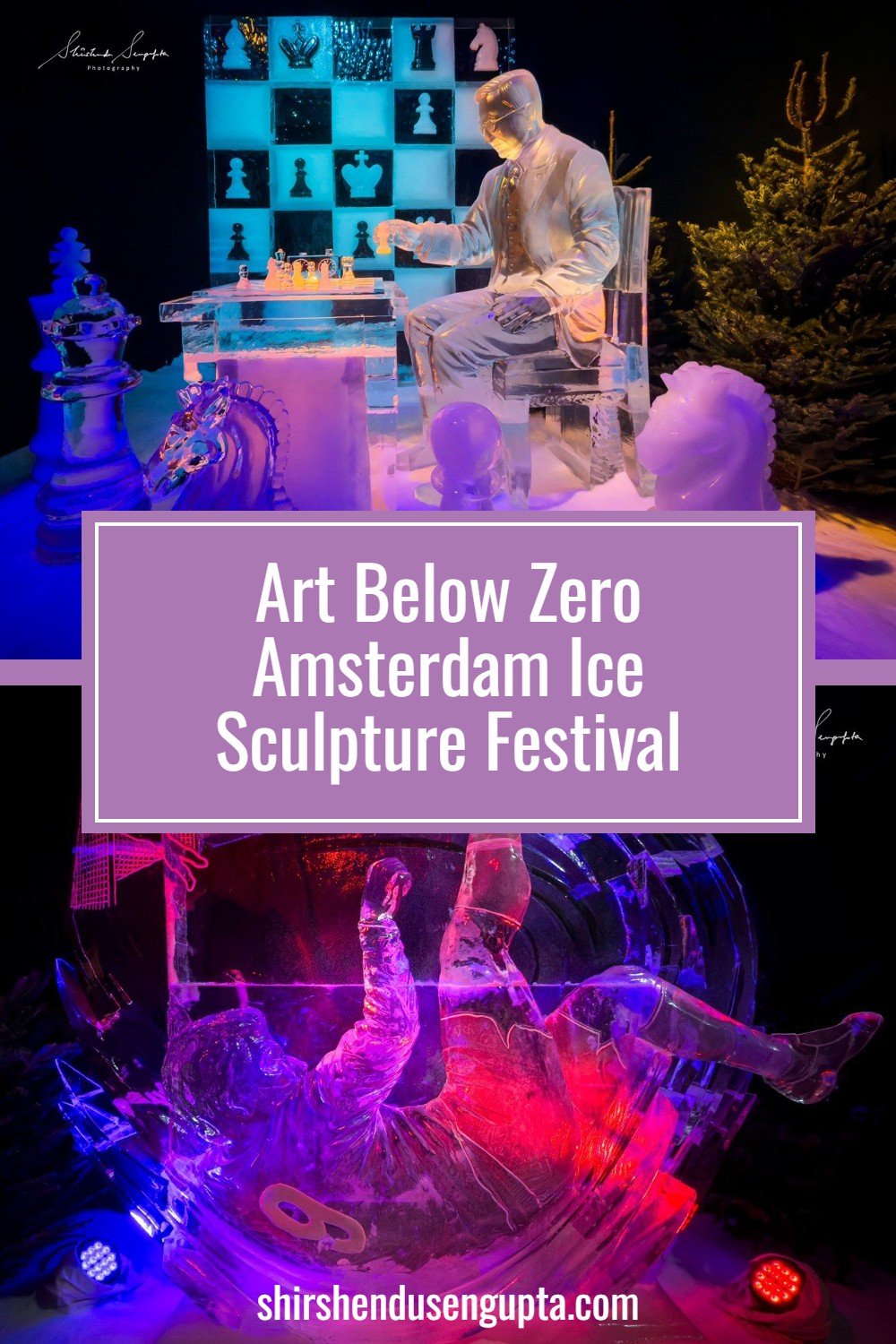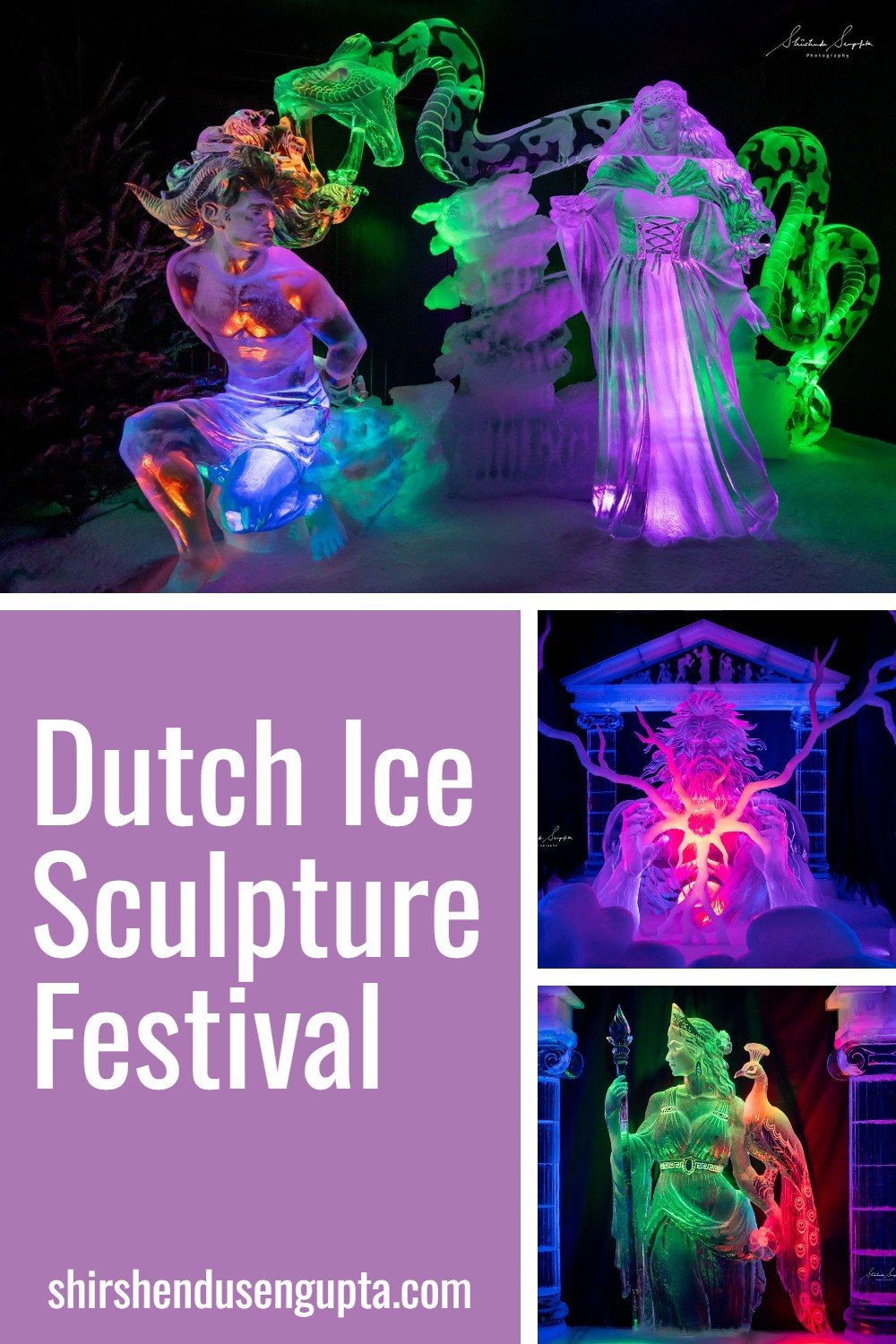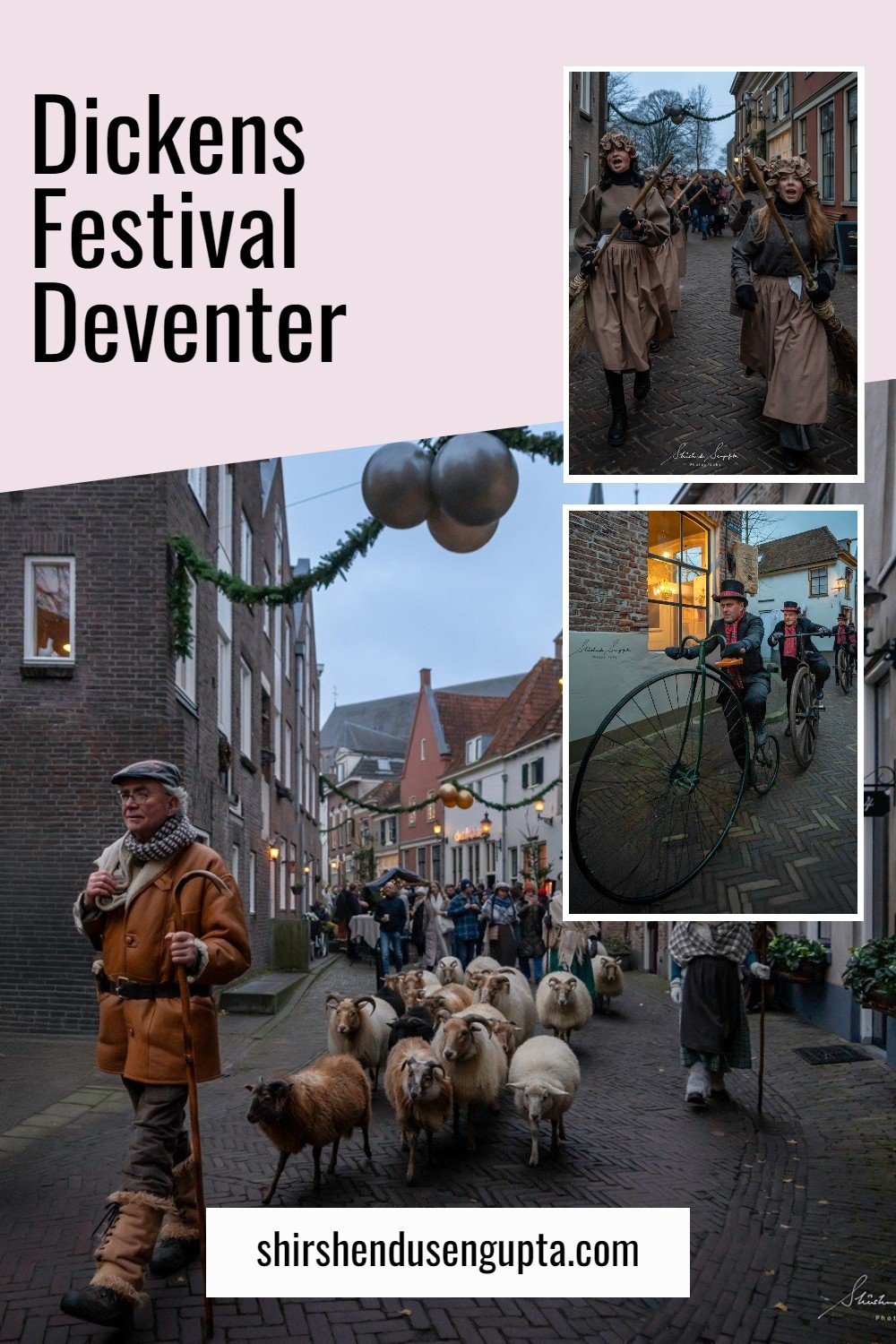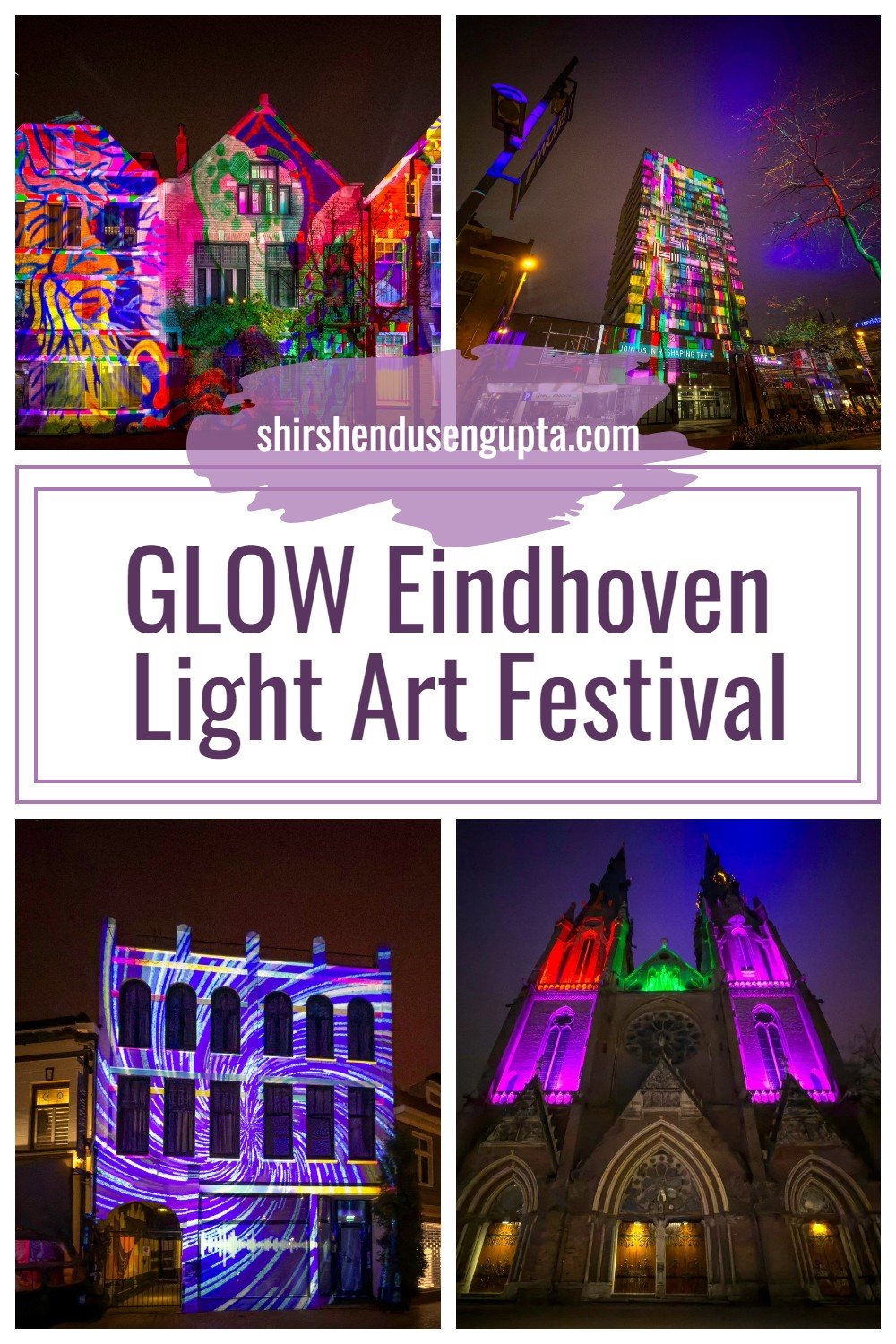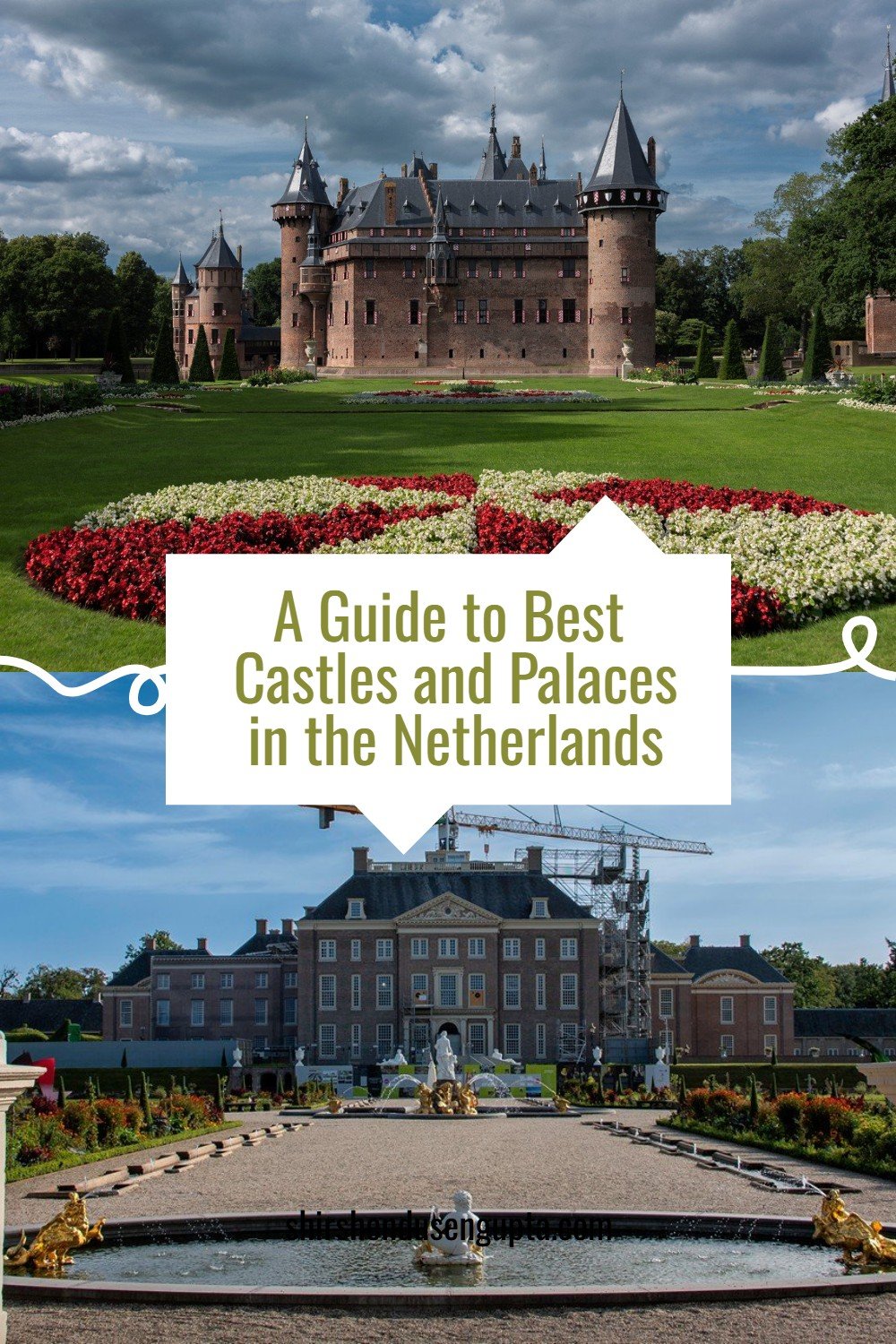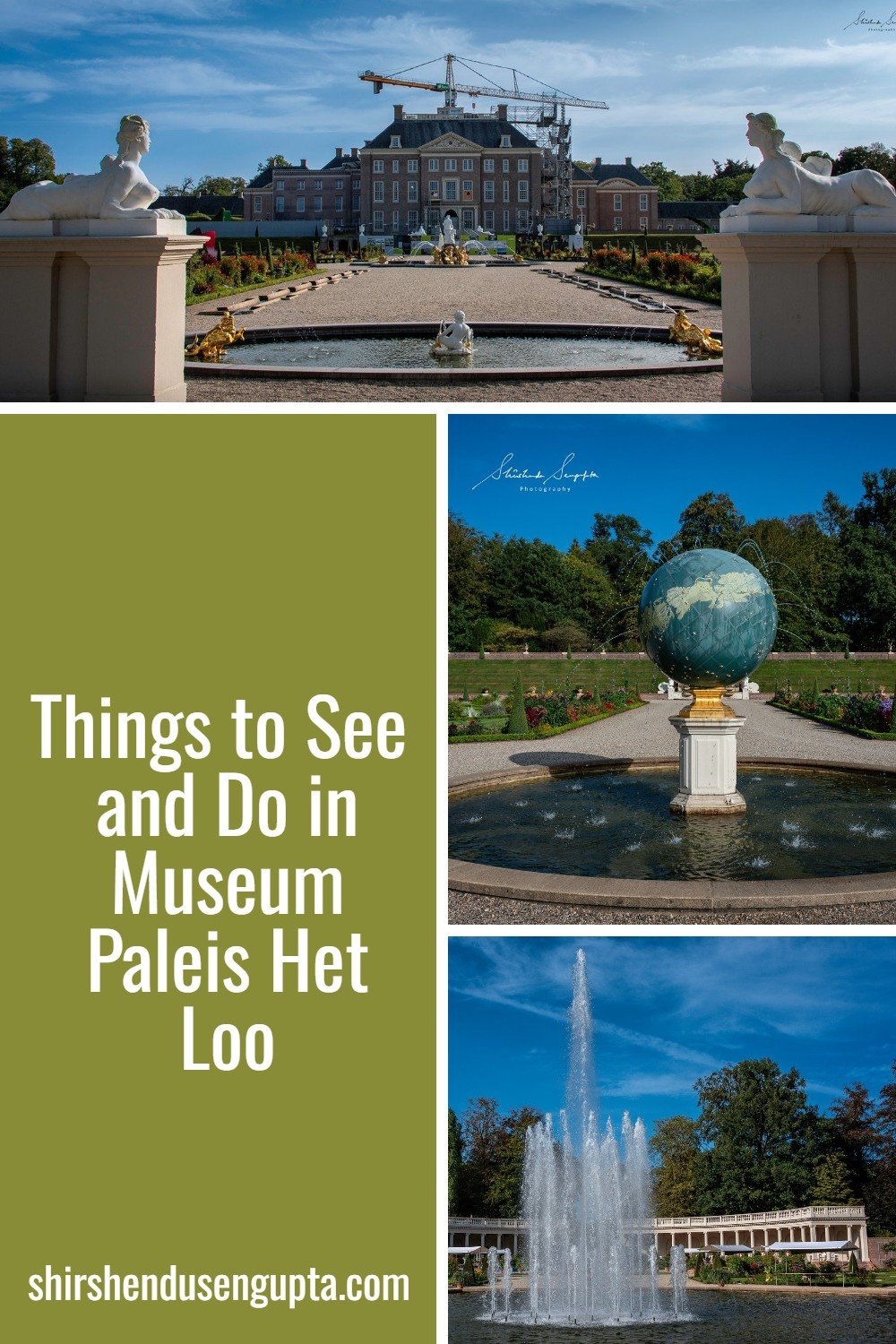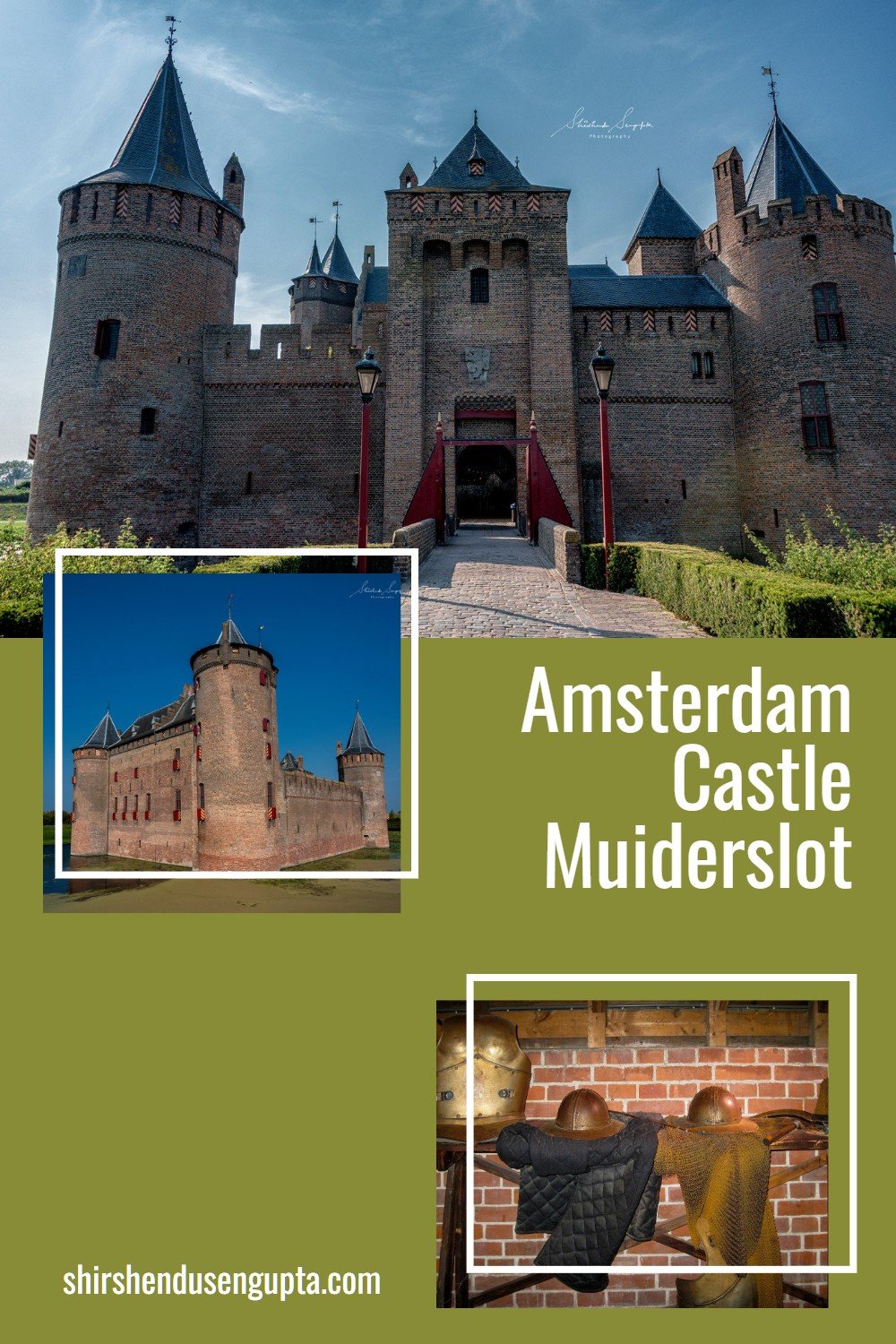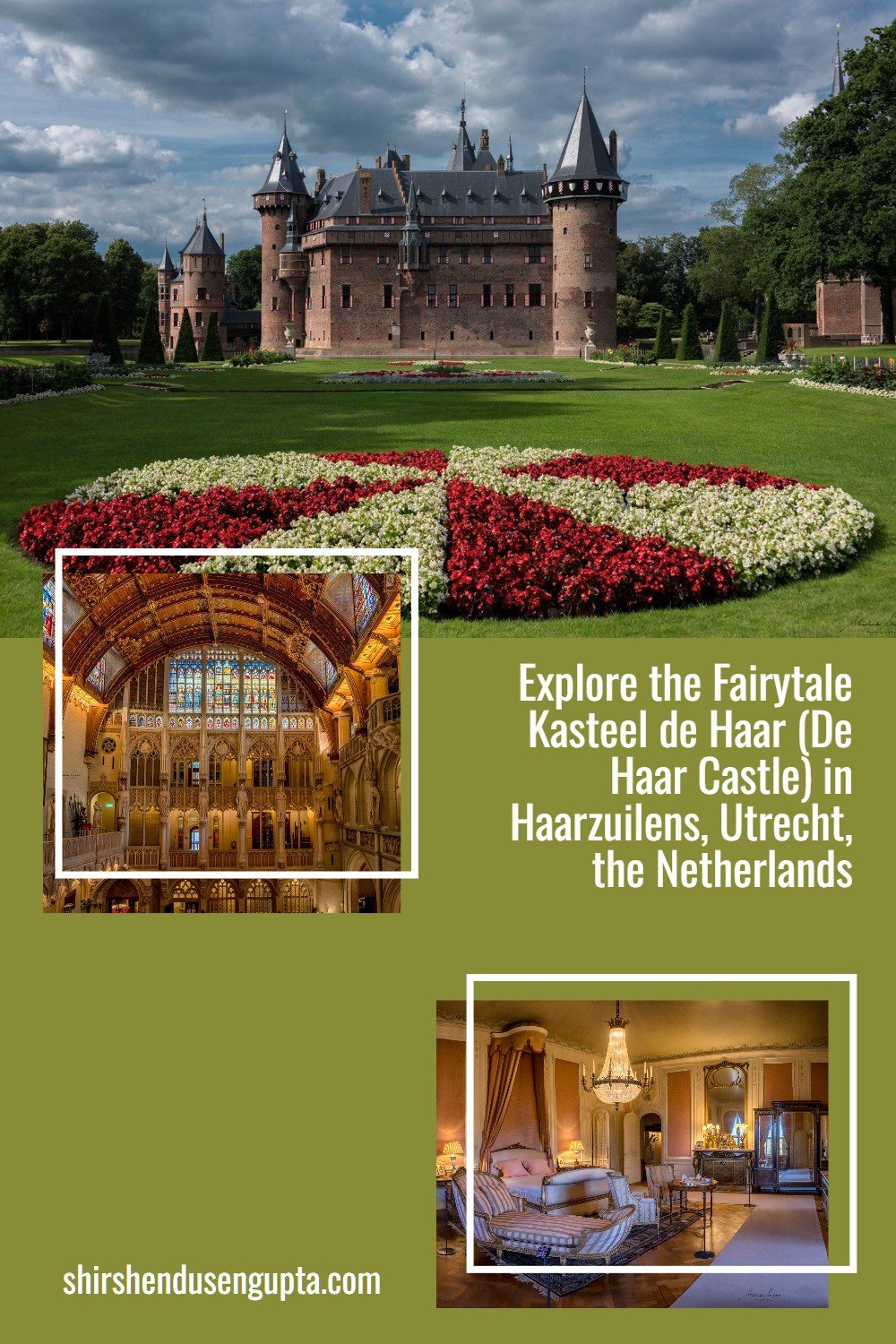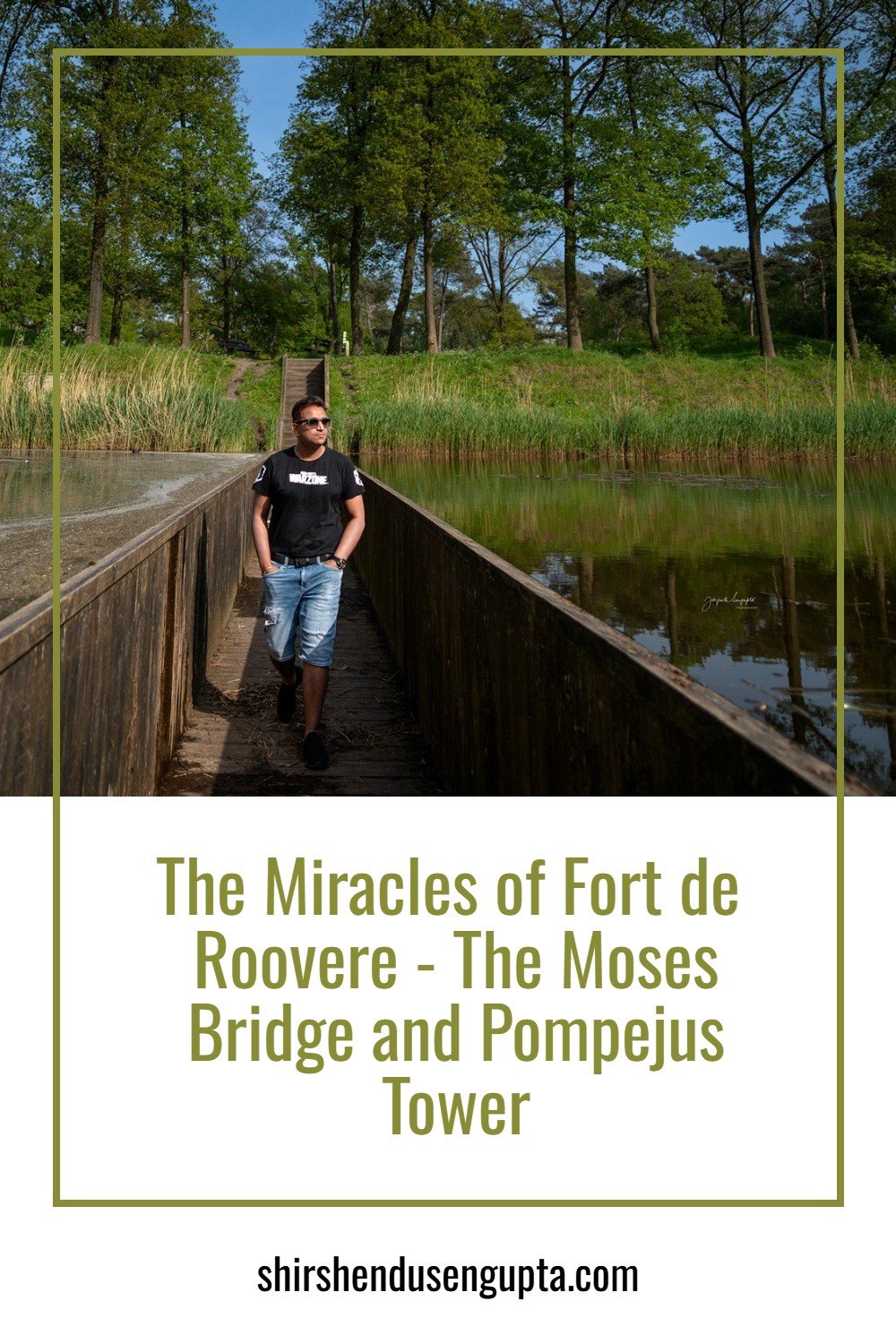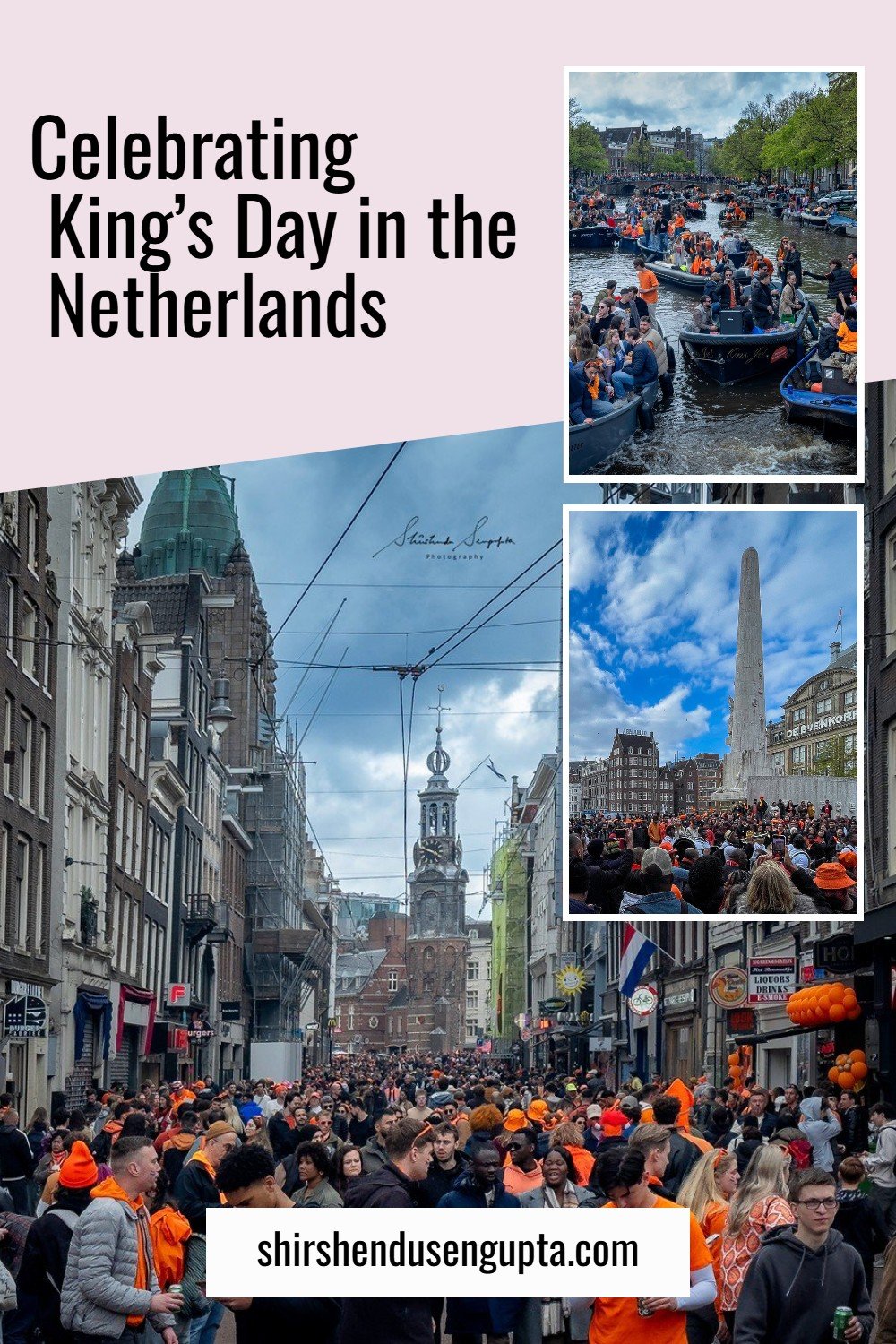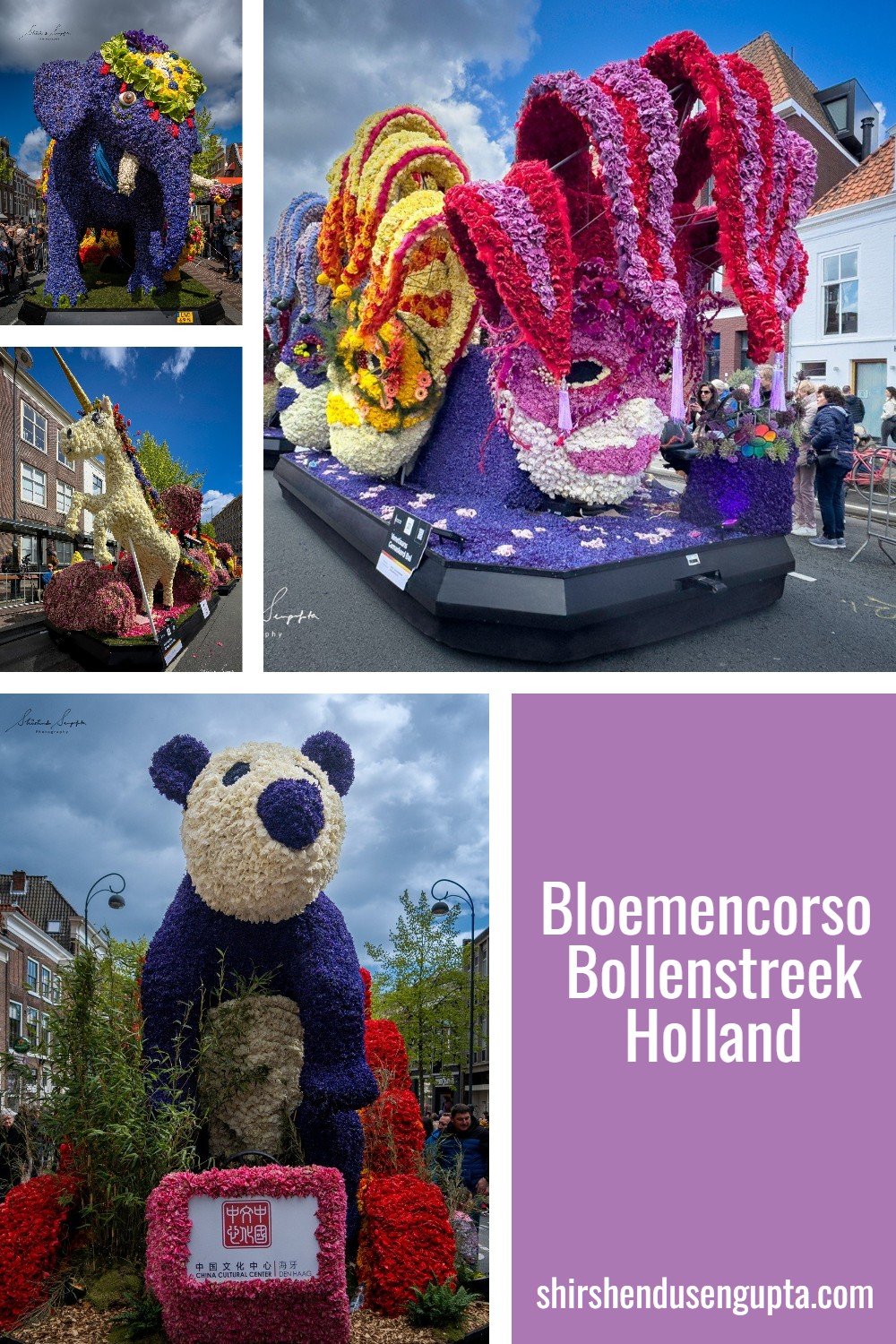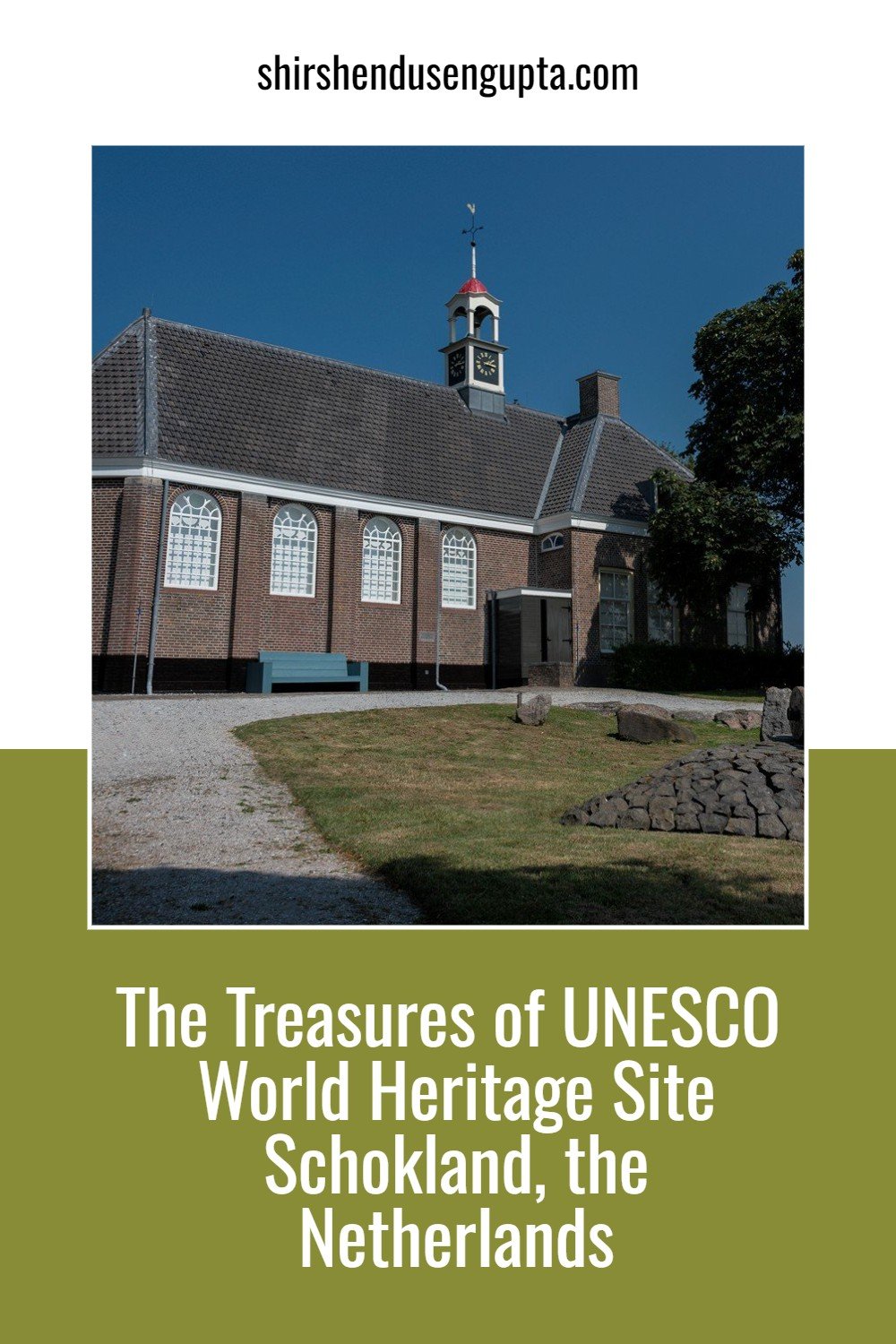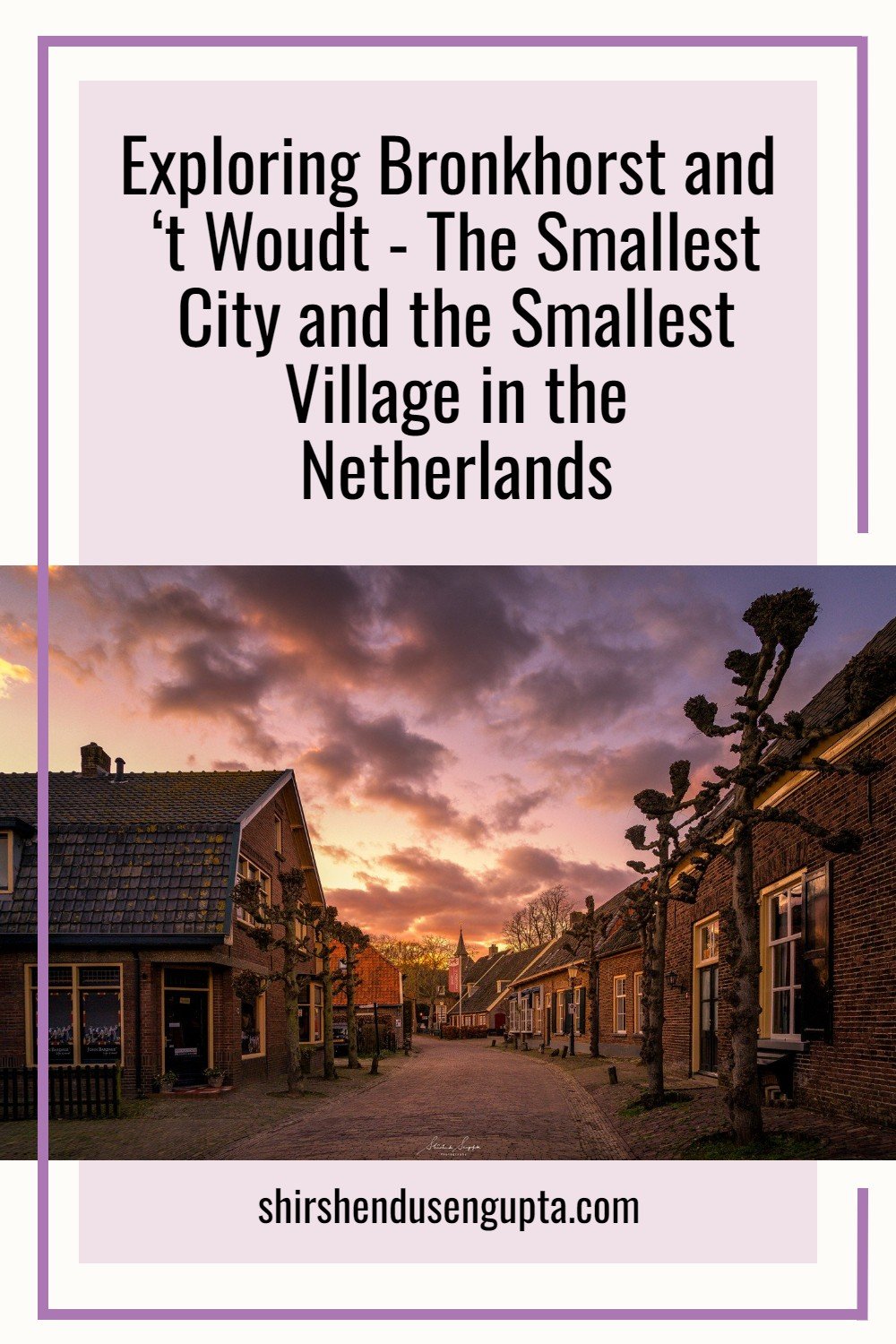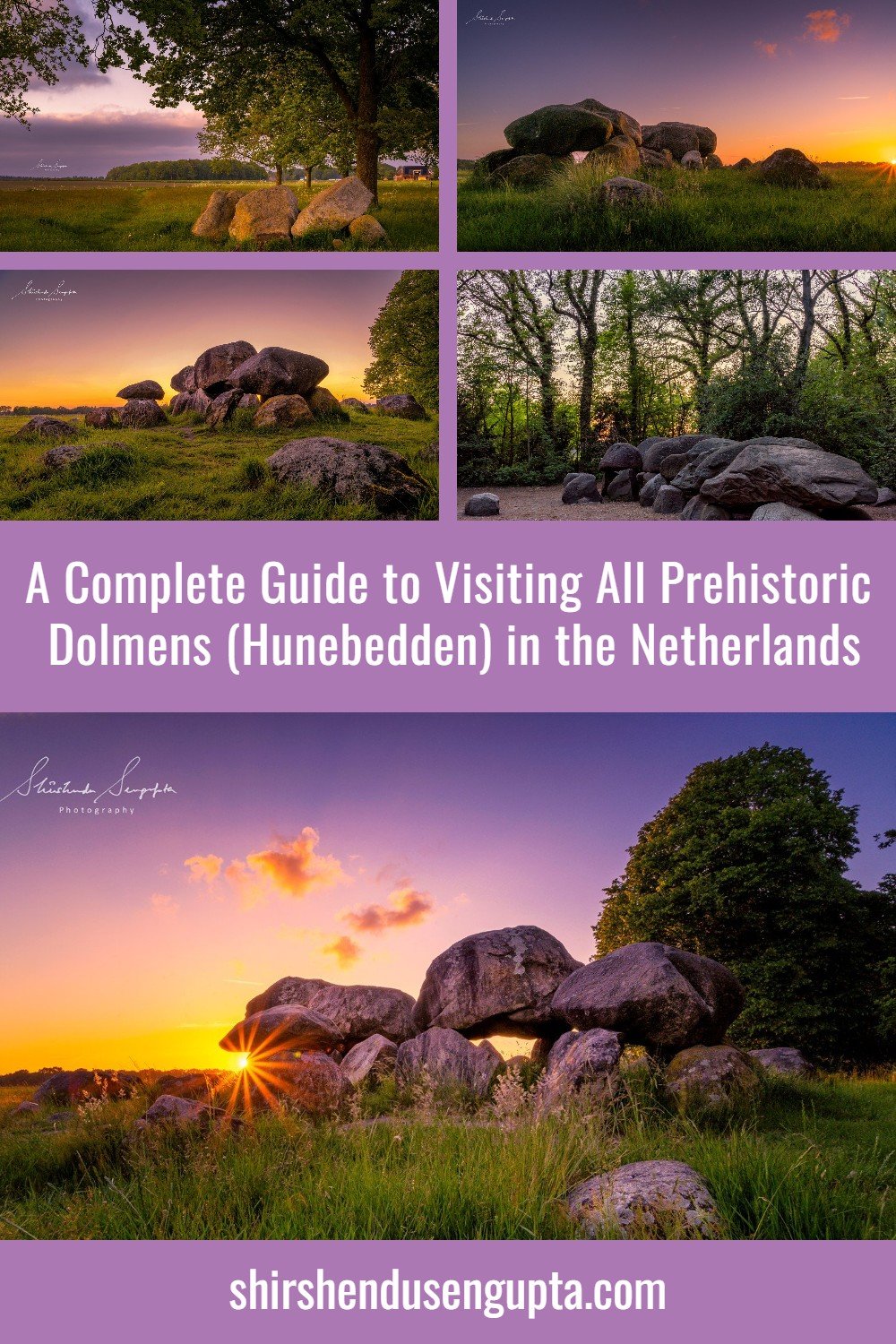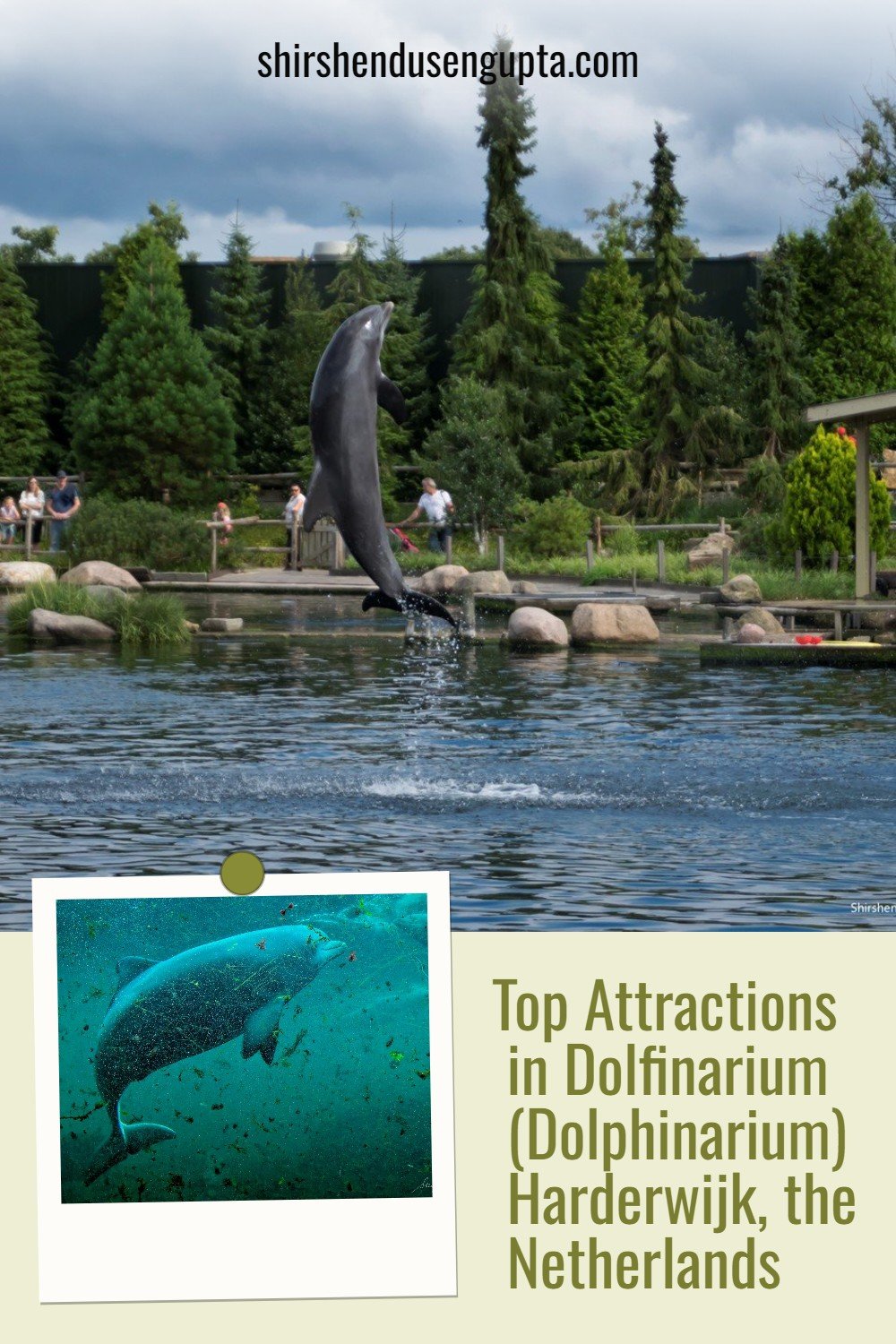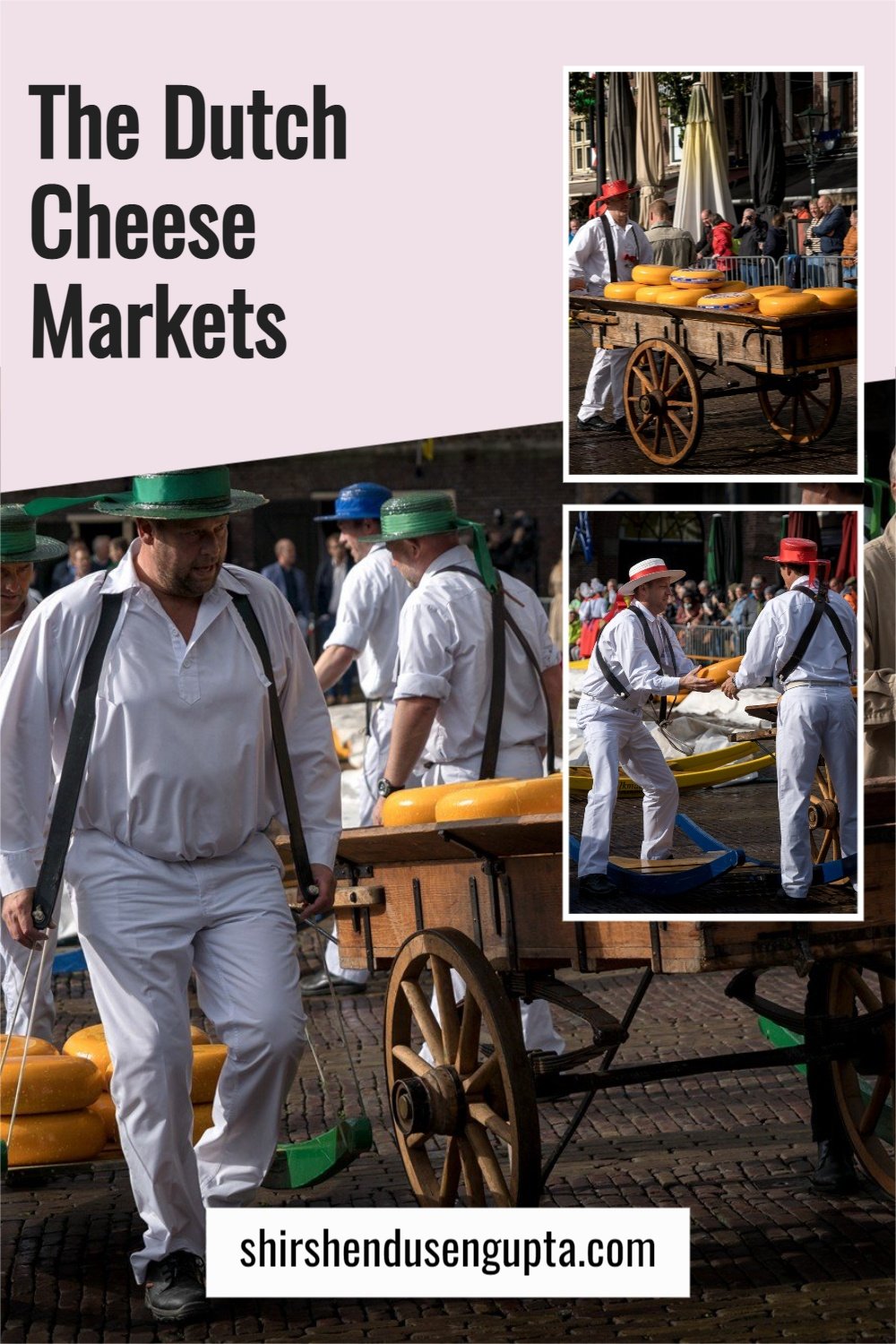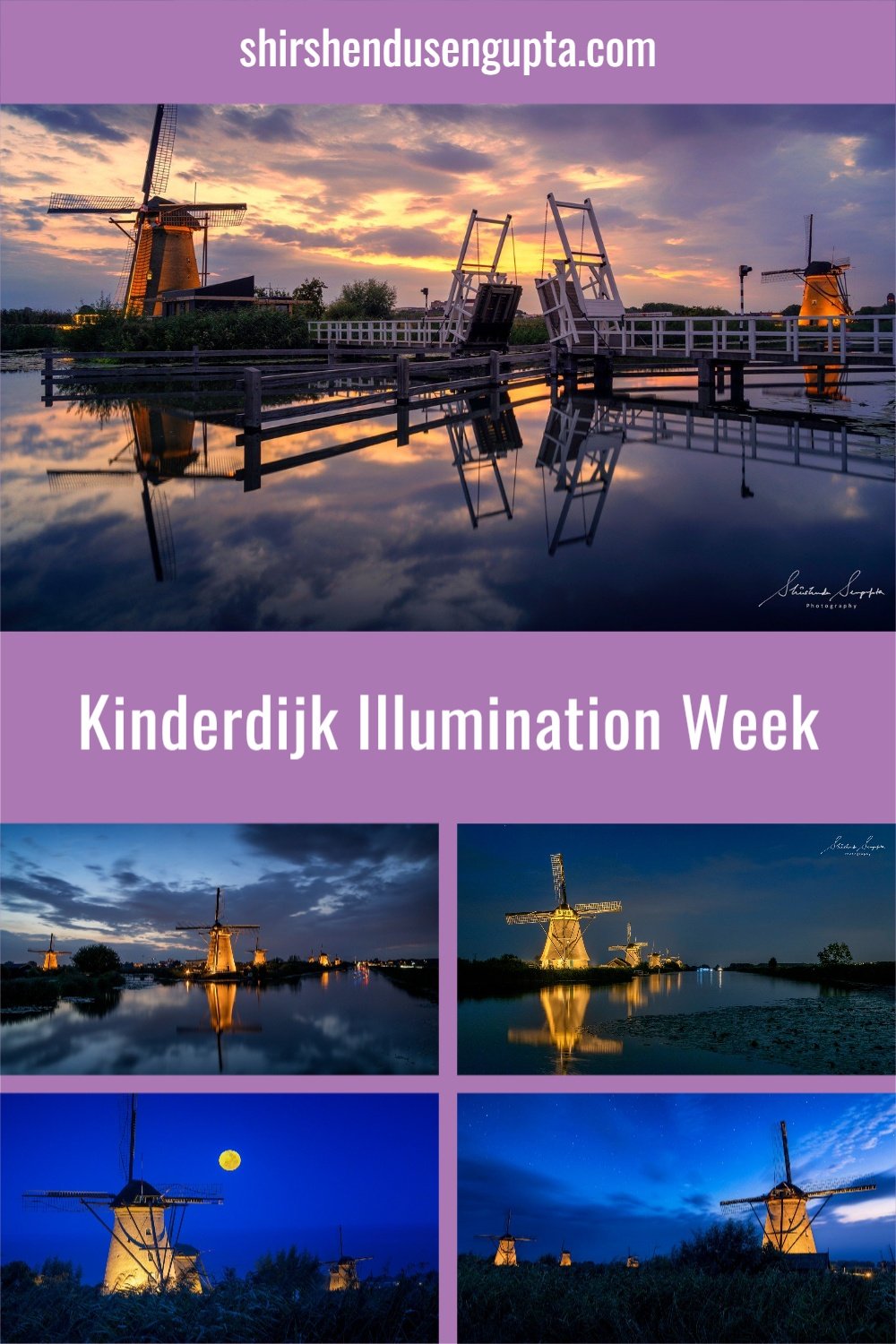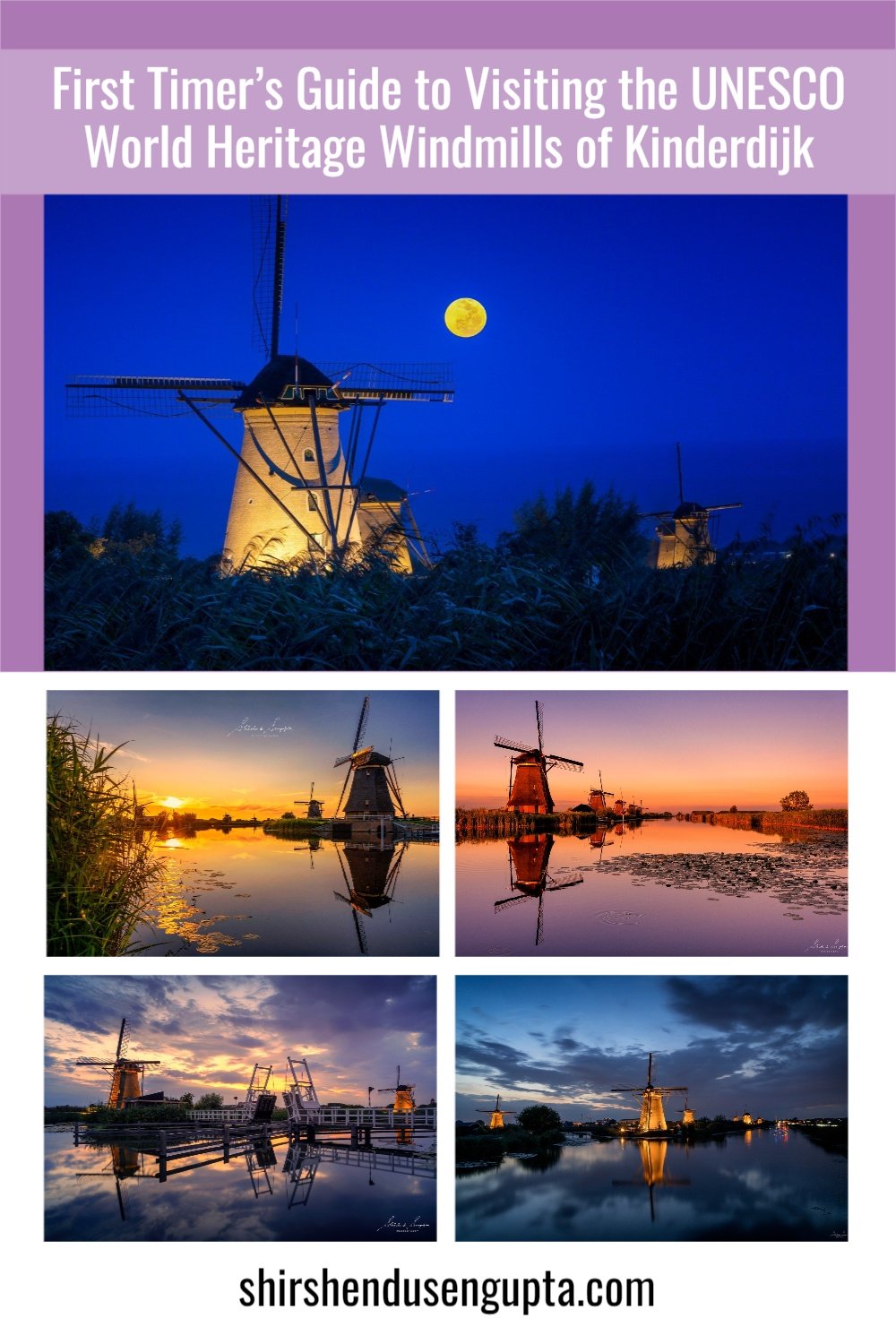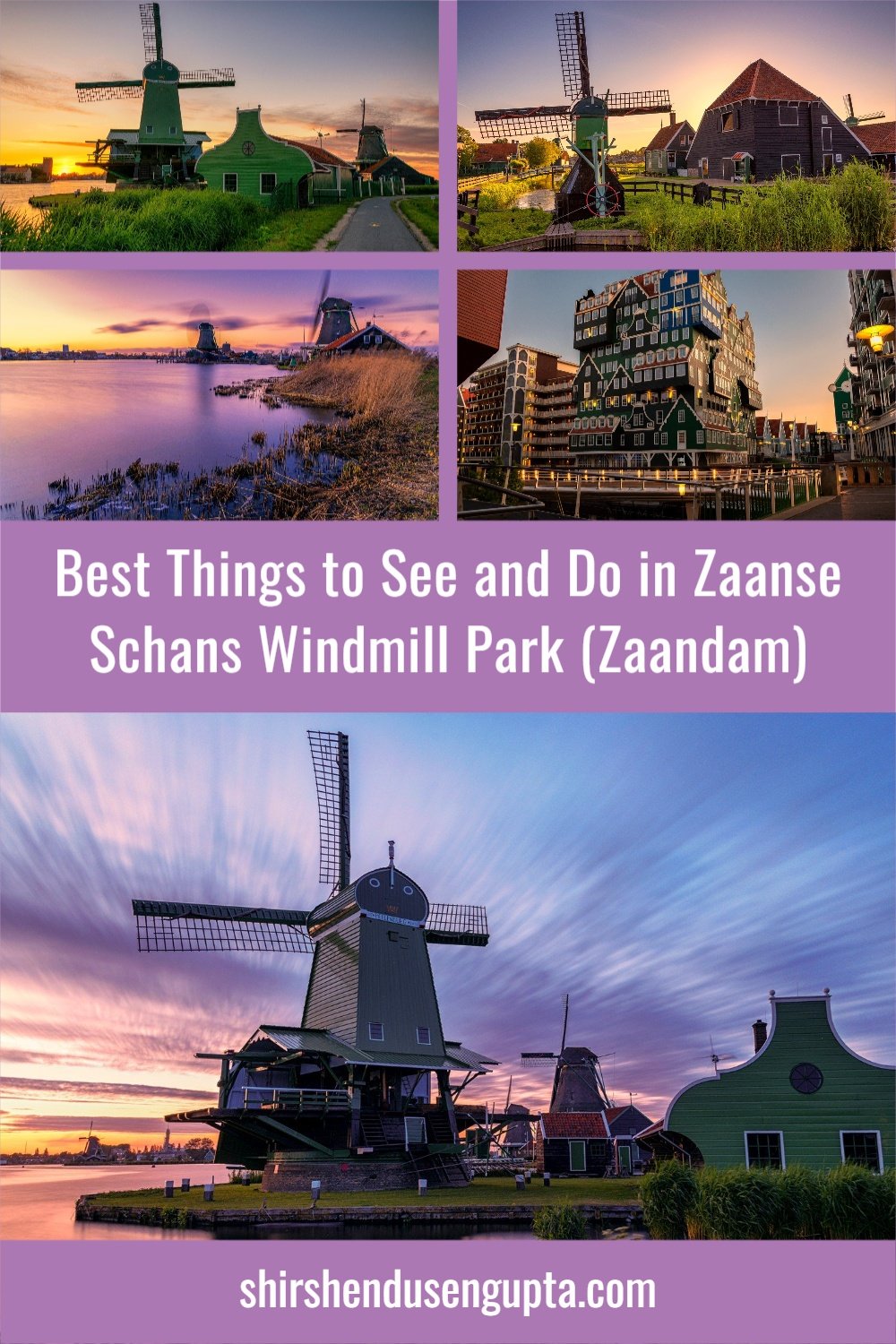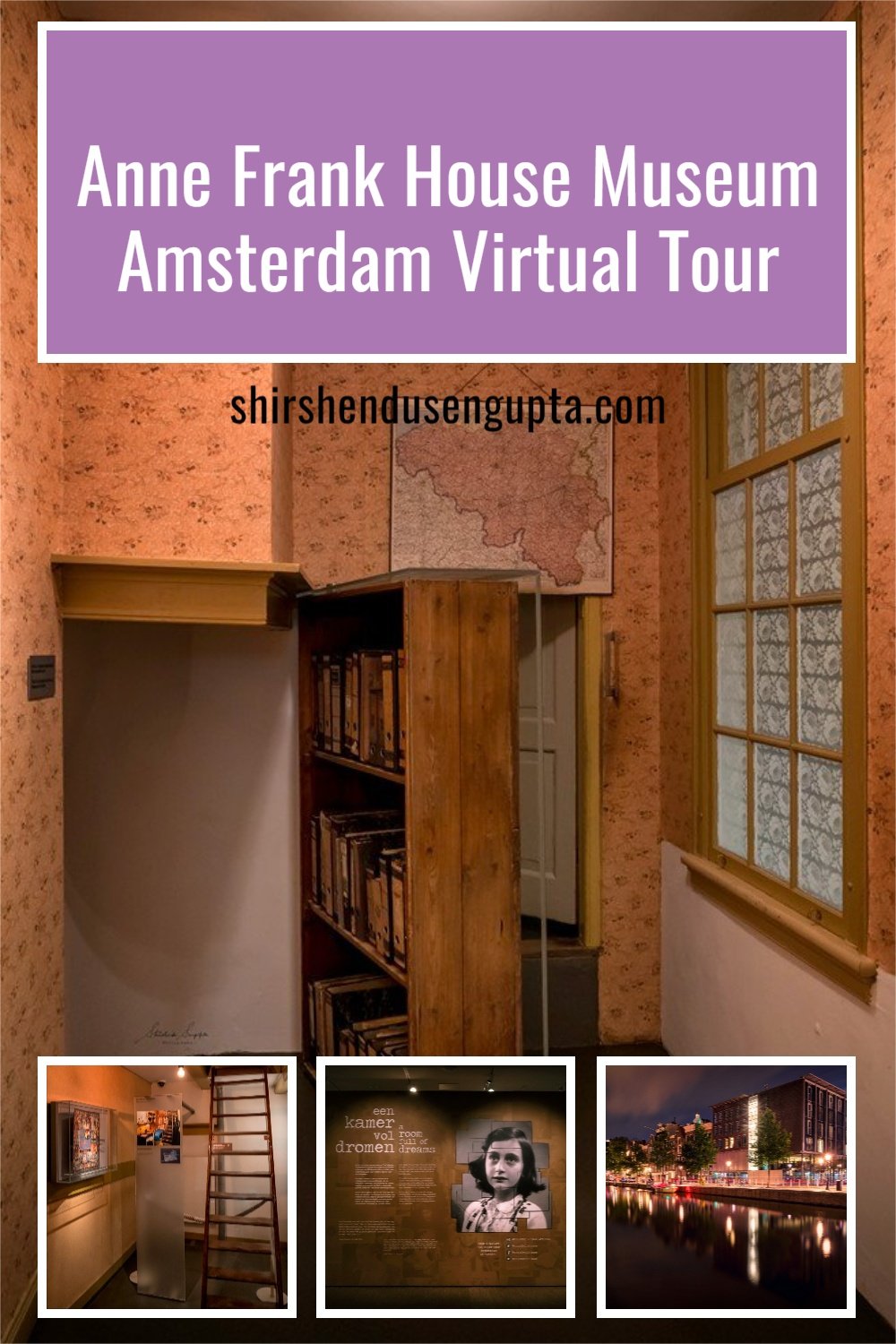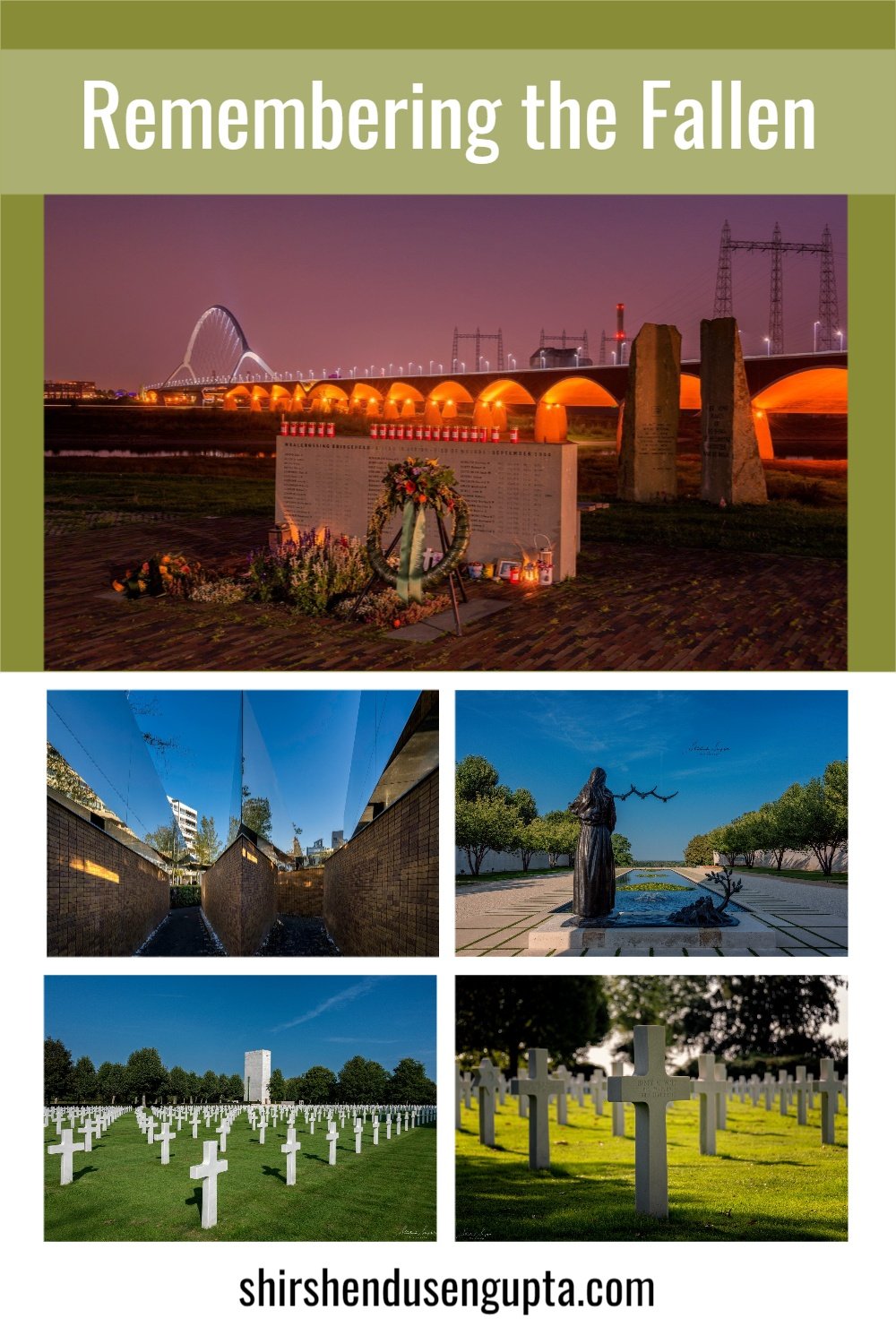The Treasures of UNESCO World Heritage Site Schokland, the Netherlands | UNESCO Werelderfgoed Schokland, Holland | Museum Schokland
Welcome to the UNESCO World Heritage Schokland
Schokland, the first Dutch site on the UNESCO List of World Heritage Sites, located in the current province of Flevoland, was a peninsula in the Netherlands since prehistoric times. But since it was primarily a soft peatland, it suffered greatly from the frequent floods from the Zuiderzee which was an inland sea in the northern part of the Netherlands that existed from approximately the beginning of the late Middle Ages. In the 15th century, the Zuiderzee crept into a part of the land of Schokland and cut it off from the mainland converting it into an island. Post that inhabitants again occupied it. However due to continued flooding of the sea, the residents had to leave the island regularly, and it had to be permanently evacuated in 1859.
After a devastating flood in 1916, the decision was made to enclose and reclaim the Zuiderzee, and thus the Zuiderzee Works started. Zuiderzee Works was a system of dams and dikes, land reclamation, and water drainage project, which was the largest hydraulic engineering project undertaken by the Netherlands during the twentieth century. In 1932, a flood defense barrier named Afsluitdijk was constructed which split Zuiderzee into two separate water bodies - the closed part named IJsselmeer, the biggest freshwater lake in Europe (from which the Markermeer was later split off) and the non-closed part named the Wadden Sea. The first land claimed was northeast polder (Noordoostpolder) in 1942 which included the former small islands Urk and Schokland. In the southwest the Flevopolder, much larger than the Noordoostpolder was reclaimed by 1968. In 1986, they voted to merge together to form the current-day province of Flevoland which is since the youngest of the 12 provinces of the Netherlands.
On Schokland one finds traces of human habitation dating back to the Ice Age. It symbolizes the heroic, age-old struggle of the Netherlands against the encroaching water which got it enlisted in UNESCO’s list of World Heritage Sites in 1995. In fact, over 4,000-year-old human footprints were discovered here in 1984 and are currently on display at Museum Schokland. Today, Schokland and its surroundings, housing more than 160 archeological sites, are iconic examples of the prehistoric habitation of a typical wetland nature reserve.
A Brief History of Schokland
The history of Schokland dates back 12,000 years during the Ice Age when woolly mammoths traveled over the ice from Scandinavia. Humans already inhabited Schokland by that time mainly as hunter-gatherers and fishermen whose numerous traces can still be found under the ground. The sea level rose with time, the surrounding river got clogged, and by 1500 BC the entire region had turned into an inhospitable wet swamp. The swamp was reclaimed to make way for farming during the Middle Ages. The ground level dropped and the peatlands compressed as a result of the water draining away. The north had been losing land to the sea at the same period. It was only a matter of time until the reclaimed land was completely submerged under the newly formed coastline. Finally, during the Palm storm of April 10, 1446, Schokland, became an island when the storm surge gobbled its final link to the mainland.
Schokland's 650 residents inhabited four man-made mounds also known as terps namely Zuidpunt, Zuidert, Middelbuurt, and Emmeloord. It was too damp to live on the remaining land. The houses were erected in close proximity to one another because there wasn't much room. The area frequently flooded, and during severe storms, even the mounds weren't secure. The island had shrunk to such a small size by 1700 that cultivation was no longer possible. Instead, the locals switched to fishing, which allowed them to live well. But by the 1800s, the island's main source of revenue had disappeared due to a sharp decline in the herring population. The majority of Schokland's citizens grew totally dependent on the government and charity.
Across the island, floods destroyed 20 houses at each time. However, the inhabitants of Schokland were unyielding. Not even government stimulation initiatives could drive them away. An extreme measure was required. King Willem III enacted a law requiring the island's evacuation in 1859. The inhabitants were dispersed among the area's fishing settlements.
As per the initial plan, the island was planned to be swallowed by the water. After a lot of protests, a few men and their families were allowed to live on the island. They were to maintain a lighthouse and a little port (which served as a shelter for ships in distress). According to legend, the last lighthouse keeper had to be removed from the island after going insane from loneliness. After the reclamation of Noordoostpolder, Schokland became a part of the mainland and since then has been inhabited.
Mystery behind the name ‘Schokland’
The word "Schokland" arouses doubts right away. What sort of location would it be? The name itself is ambiguous, adding to the mystery surrounding the former island. Schokland might have originated from schocke, a fuel-purposed fragment of broken reed. Schocke was also the term for chunks of dried cow manure, which was less expensive than peat. Therefore, the term "Schokland" may have been an insulting way to address the land inhabited by impoverished people. Another interpretation of the name is that it alludes to the island's water beating against the shore, sweeping large sections of coastline away in the shocks.
Museum Schokland
Schokland is full of lovely gems and many secrets. The best place to see them is Museum Schokland situated on the Middelbuurt, one of the four man-made mounds on the erstwhile Schokland island. It is an outdoor museum dedicated to the history of the Noordoostpolder. The impressive wooden museum buildings and the medieval church Enserkerk from 1834 create a dramatic focal point in the Noordoostpolder's contemporary landscape. Today, the Enserkerk can be hired as a romantic wedding venue. Additionally, this venue hosts top-notch musical concerts during the winter. When we were there, we weren’t allowed to go into the church since a marriage ceremony was going on and a grand arrangement for a wedding feast was also organized.
The permanent exhibition at the museum transports one from the Ice Age to the modern era. The museum's extensive collection consists of rocks, fossils, artifacts from the past, maps, and photographs. Additionally, a collection of artifacts on loan from the Provincial Depot for Soil Finds Flevoland is also exhibited there. A number of 4,000-year-old prehistoric footprints are the museum's main exhibits. These were discovered in the vicinity of Schokland and are among the most ancient in all of Europe. The museum offers history, geology, and archaeology classes in addition to temporary exhibitions. One can purchase books, postcards, and souvenirs at the museum store.
Enserkerk (Church of Ens) in Museum Schokland
Scale in Museum Schokland showing height until which the land was covered with water
"Geen weg terug" (No way back), a sculpture by Kiny Copinga (2004) in Museum Schokland that was inspired by the evacuation of Schokland
Ancient potteries and other remains of early human settlement exhibited in Museum Schokland
Ancient potteries and other remains of early human settlement exhibited in Museum Schokland
Prehistoric human remains exhibited in Museum Schokland
Prehistoric human remains exhibited in Museum Schokland
How to visit Museum Schokland?
Address: Museum Schokland, Middelbuurt 3, 8319 AB Schokland
GPS Coordinates: 52.6343° N, 5.7774° E
Parking: Museum Schokland is best visited by car. Parking spaces are available along the road that leads to the Museum Schokland.
Public Transport: Remember that there isn't a direct public transportation connection to Museum Schokland. However, you can use public transport to reach the tiny town of Ens (but the route can be very convoluted comprising many breaks), and take a (regional) cab.
Cycling: Cycling is, of course, another very Dutch method to explore Schokland. An excellent place to start a bicycle excursion is the Museum Schokland. The museum shop offers maps on a variety of beautiful walking and bicycle paths. Children are the target audience for the ‘Archeo Route.’ You will meet youngsters who once lived in Schokland during this exciting tour, and you will learn about their lives and ways of living. The 'Zuiderzee Islands Route' is a stunning route that passes via the former islands, Nagele, an architectural village, and several more exquisite museums.
Opening Hours and Ticket Prices: For the latest information on the opening hours and ticket prices, please visit their website mentioned below.
Website: museumschokland.nl
More in the Area
When you visit Museum Schokland, I advise you to also try and combine one of these with your visit -
Batavialand in Lelystad - You can discover more about Holland's naval history and the historical roots of Flevoland here.
Urk - You can stroll through the centuries-old "ginkies" (alleyways) in this real fishing village and have a delectable fish dish at the charming harbor.
Schokkerbos (Schokker Forest) - After the reclamation of the Noordoostpolder, almost all land was given an agricultural function. The soil of the Schokkerbos (approx. 85 hectares) consisted of clay, boulders, and peat. This varied soil offered little perspective for arable farming, but all the more opportunities for nature. These chances were further increased by digging ditches in the stiff soil when planting the forest. These ditches provided living space for plants from moist locations such as ferns and mosses: in addition to 75 moss species, experts also found more than 350 species of mushrooms, of which approximately 30 are rare to very rare. The forest is isolated from other forest areas, but there are still typical forest plants, such as the wild honeysuckle. Birds of prey such as hawks, buzzards, sparrowhawks, and long-eared owls live in the forest, but also many songbirds and deer. Special marten boxes have been installed near the Gesteentetuin for the pine marten.
De Gesteentetuin (Temporarily Closed) - In the Schokkerbos you will find the De Gesteentetuin Visitor Center, which’s well worth a visit. De Gesteentetuin transports you on a historical voyage. The trip starts some 200,000 years ago. Several rocks from the penultimate ice age's glaciers in the Noordoostpolder are visible in the Gesteentetuin (outside). You can observe an exhibition about the origins of rocks and the earth at the visitor center. Of course, there is also information regarding Schokland's natural history.
Oostvaarderplassen Natural Reserve - Furthermore, the stunning Oostvaarderplassen Natural Reserve is not far away for those who truly love the outdoors.
Replica of Dutch East India Company (VOC) Ship at Batavialand
Harbor of Urk
Lighthouse of Urk
Epilogue
So that was all about the treasures of UNESCO World Heritage Site Schokland, the Netherlands. Please let us know in the comments below if you enjoyed reading this article.
And if you want to explore more such hidden treasures in the Netherlands, please read our article Netherlands Off The Beaten Track | 43 Best Hidden Gems in the Netherlands. Until then, merry traveling and happy shooting!
Pin the article
Bookmark the article for reading later!
Want to license/buy photos in the article?
License photos for commercial/editorial use or buy photo prints!
Want us to write an article for you?
Articles for magazines, newspapers, and websites!
Watch our Videos
Check out our videos on our Youtube Channel!
Join the Newsletter
Get updates on our latest articles!
We respect your privacy. Read our policy here.



